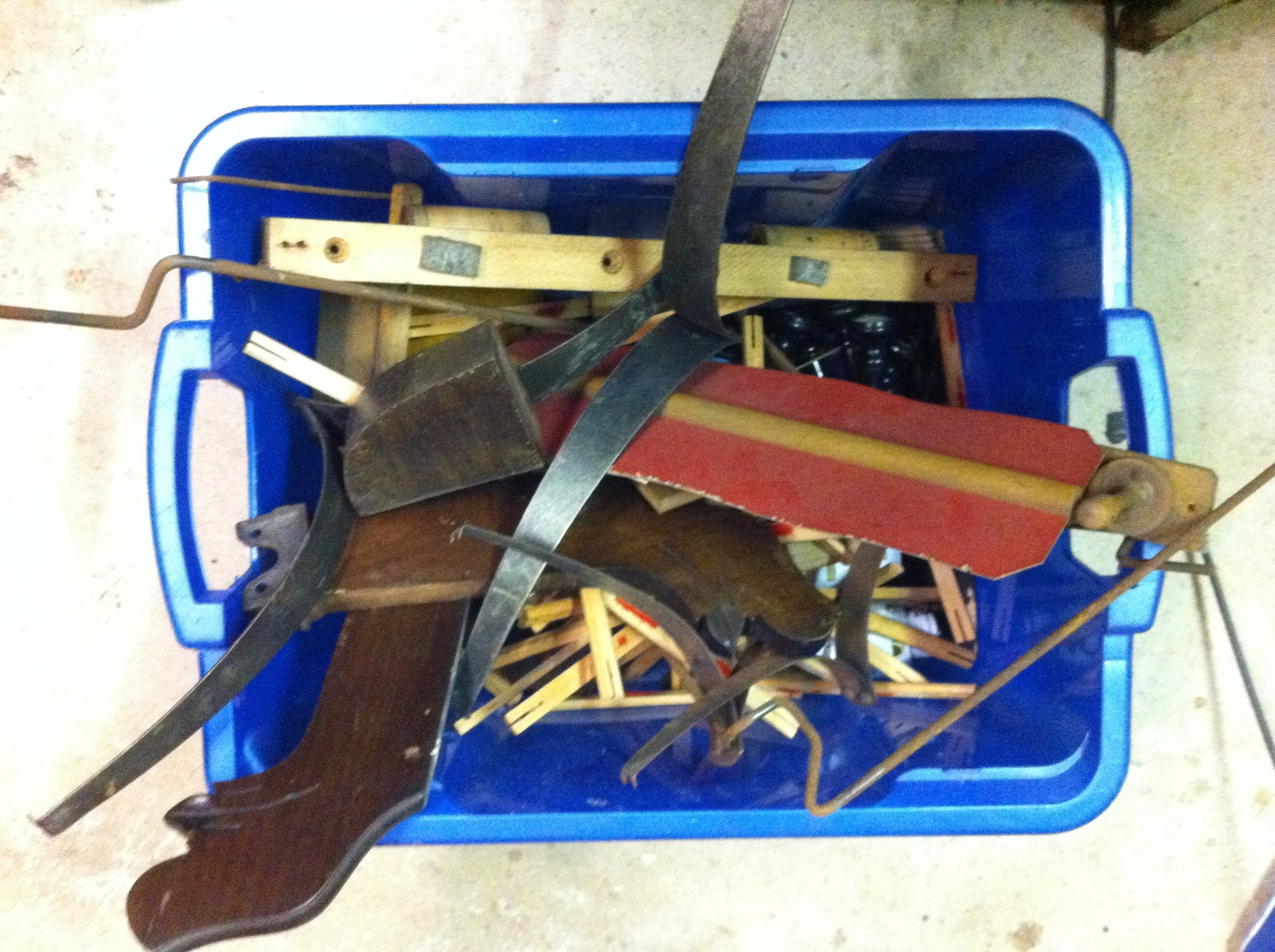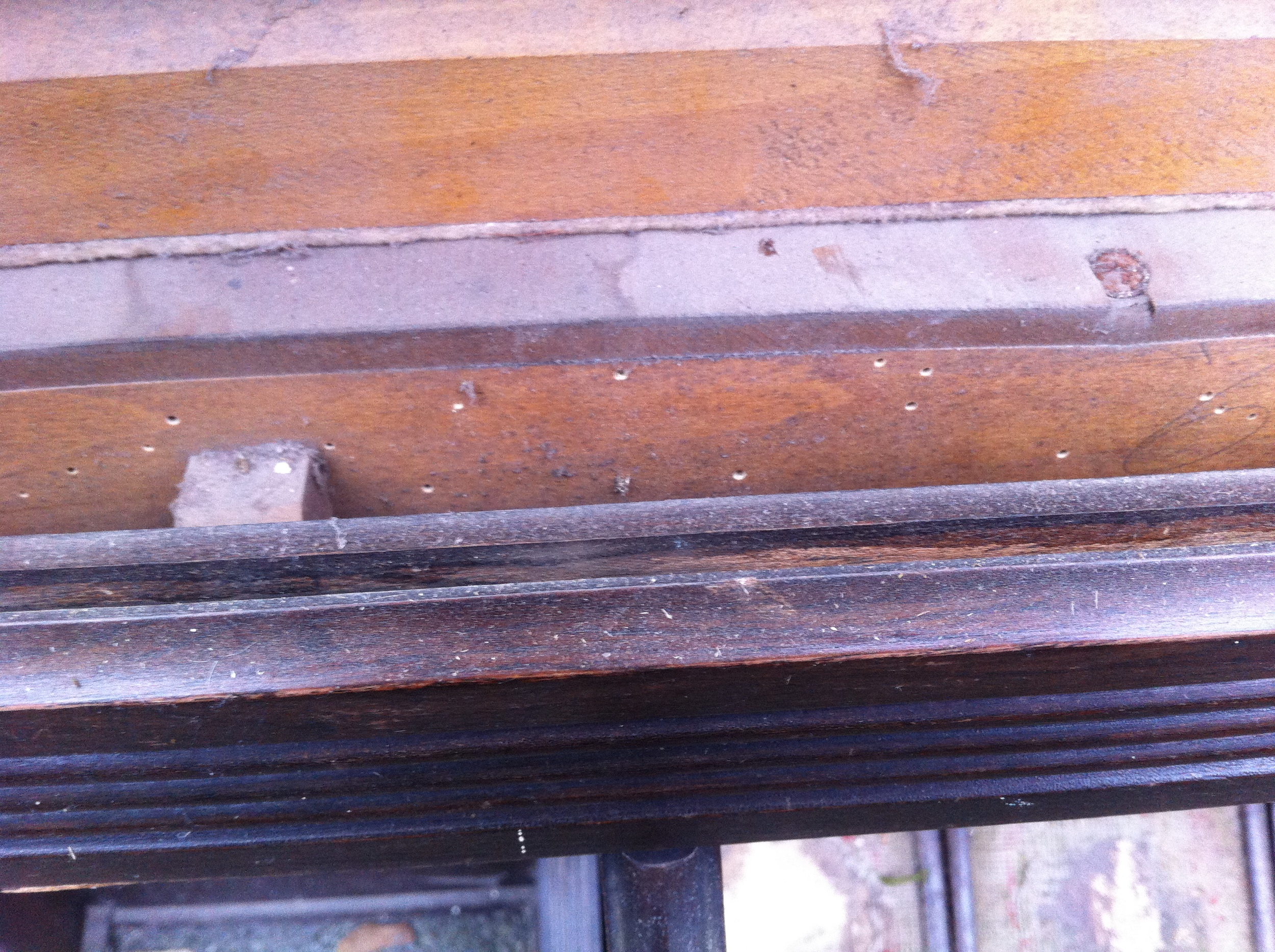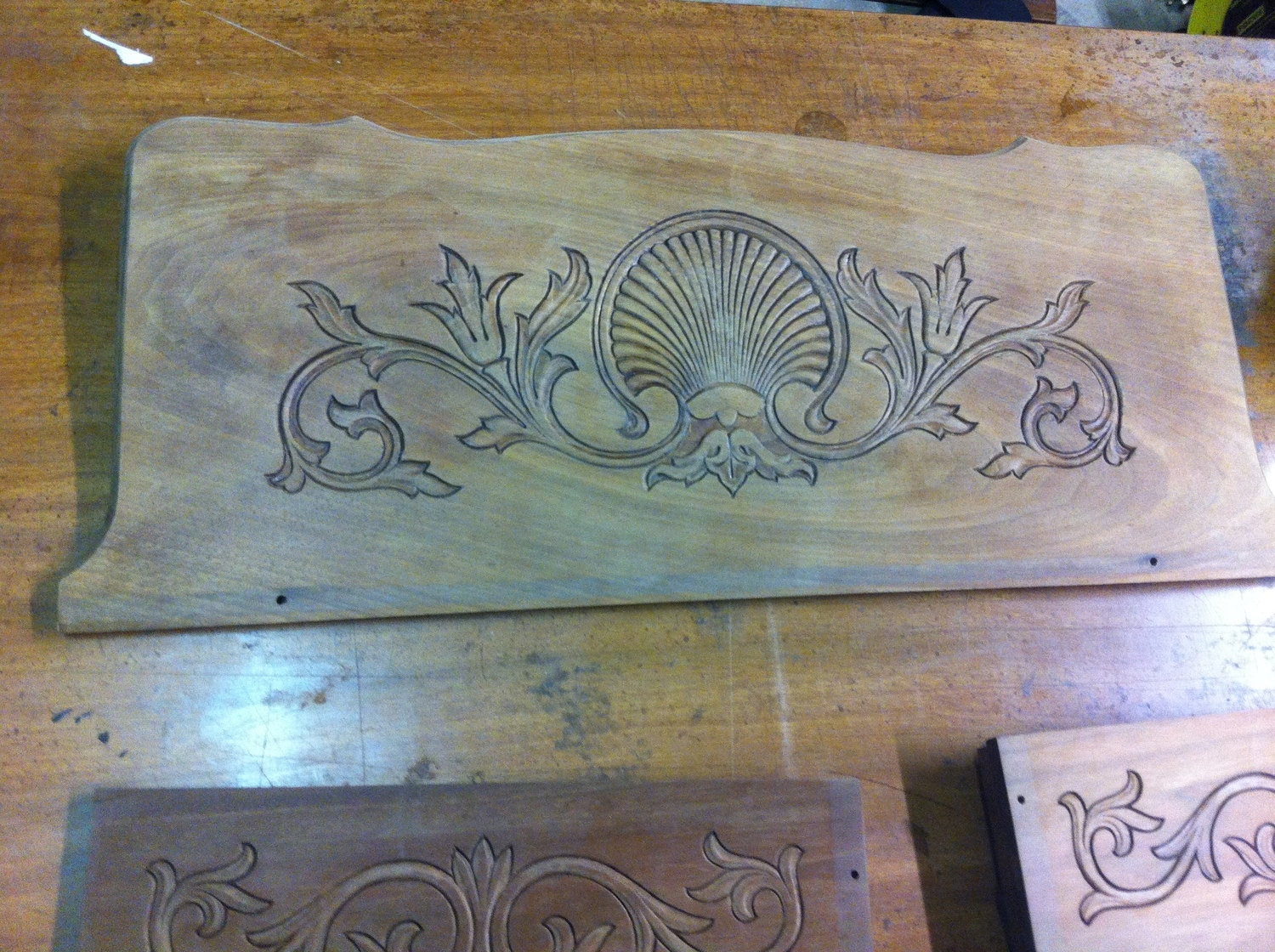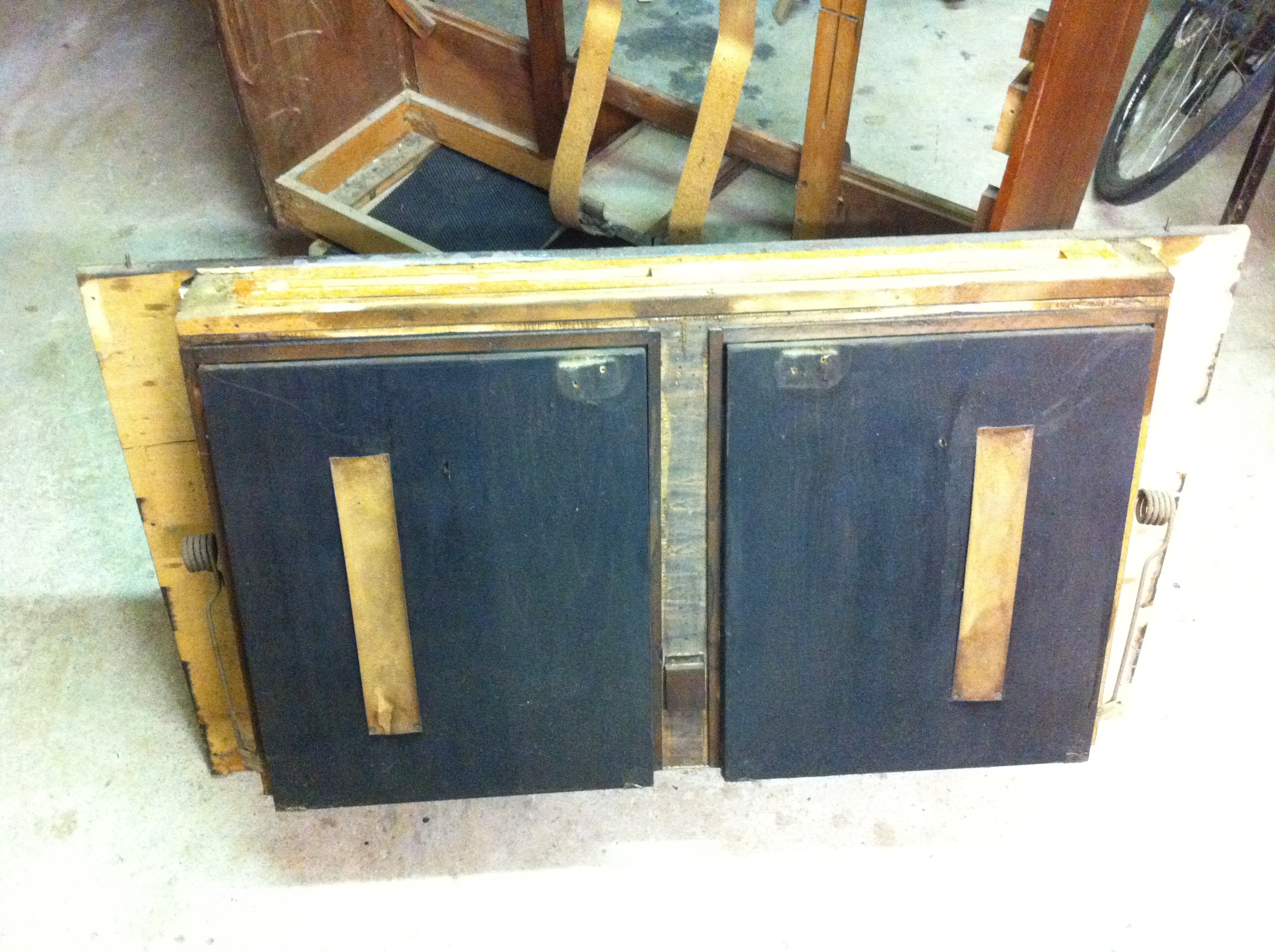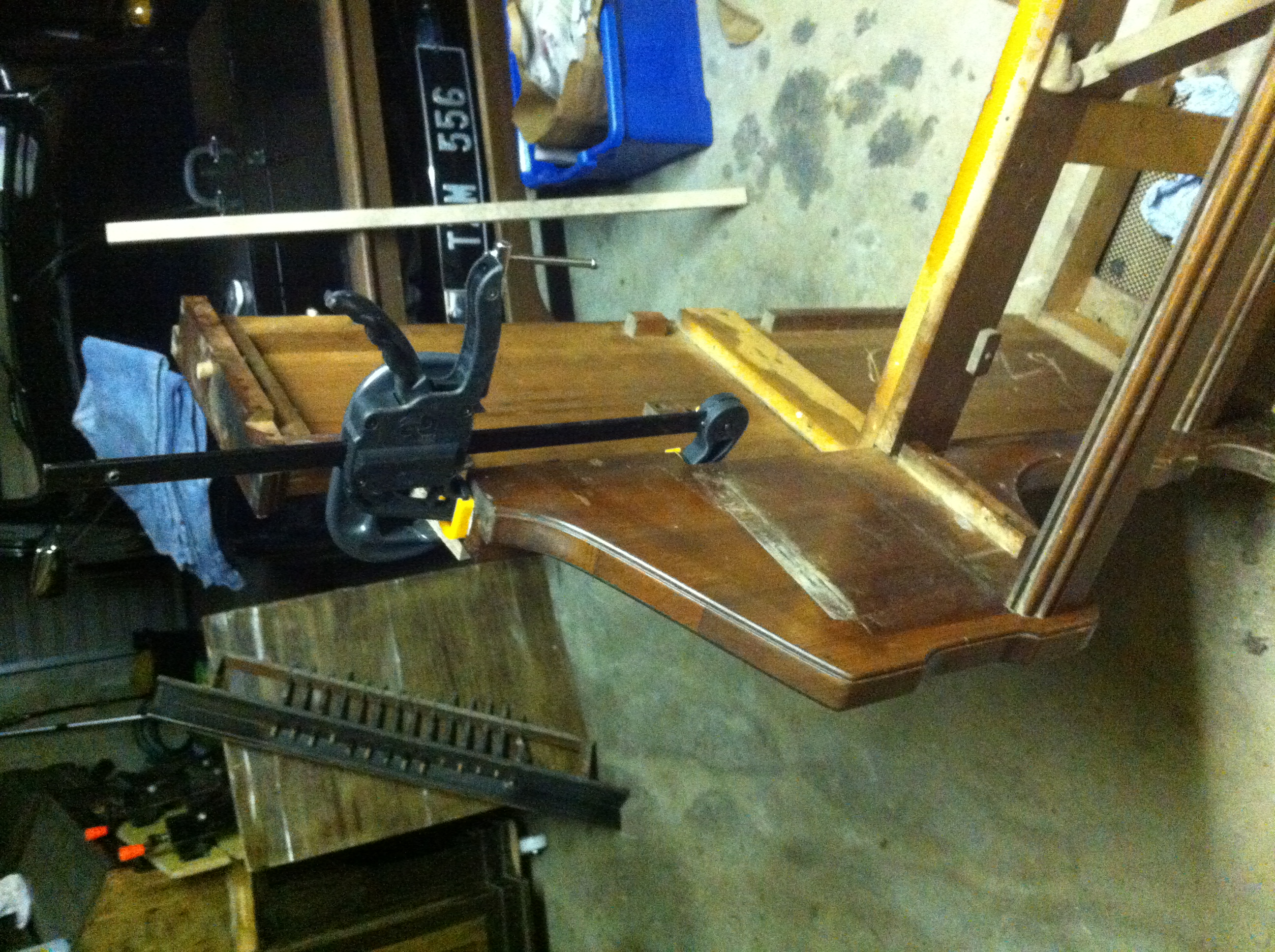Estey Chancel Organ Debuts in Concert
Yesterday I had the pleasure of seeing and hearing my Estey Chancel Organ used in a performance of Rossini's Petite Messe Solennelle in The College Chapel of Maynooth College, Kildare. After so many years of restoring these organs it is really encouraging to see it in the beautiful Gothic chapel. It may be a small instrument but it filled the chapel surprisingly well. I hope to have some video of it and will post it. There are some pictures below of the organ in place before the rehearsals and then at the end of the performance. (Click on images to enlarge)








